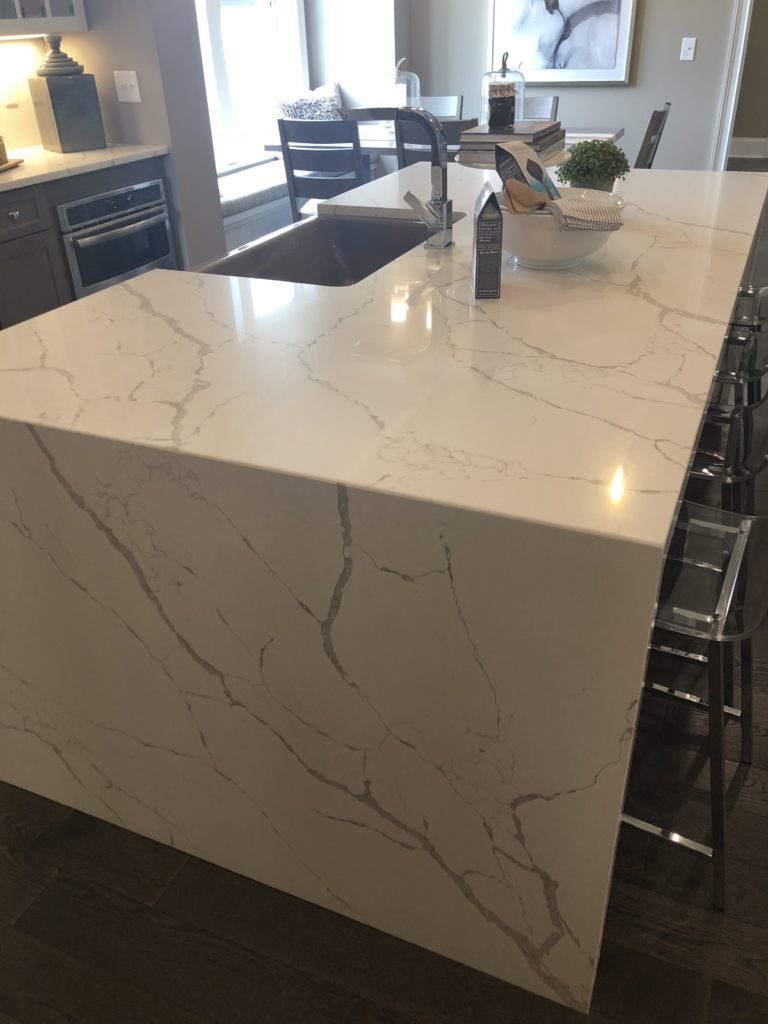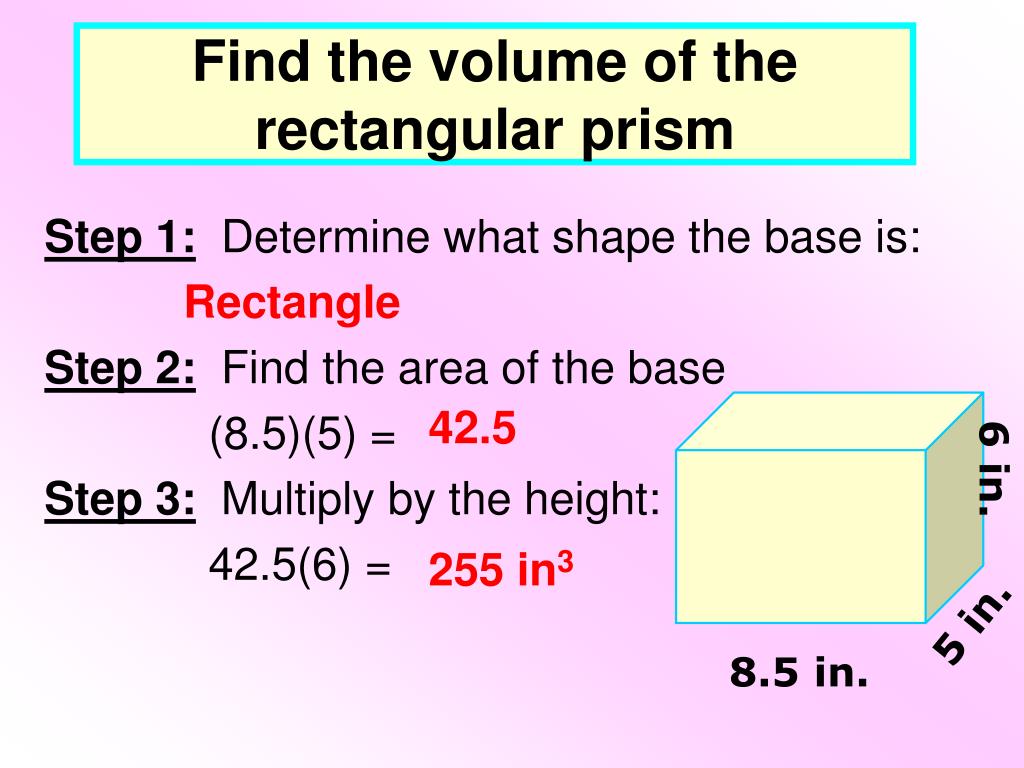
Surface area of a prism pdf#
Use the buttons below to print, open, or download the PDF version of the Volume and Surface Area of Triangular Prisms (A) math worksheet. Students can use math worksheets to master a math skill through practice, in a study group or for peer tutoring. Parents can work with their children to give them extra practice, to help them learn a new math skill or to keep their skills fresh over school breaks. Teachers can use math worksheets as tests, practice assignments or teaching tools (for example in group work, for scaffolding or in a learning center). It may be printed, downloaded or saved and used in your classroom, home school, or other educational environment to help someone learn math. This math worksheet was created on and has been viewed 94 times this week and 270 times this month. Total surface area of the solid = 2,461.76 + 3,516.8 + 3,215.36 + 753.6 + 4,019.Welcome to The Volume and Surface Area of Triangular Prisms (A) Math Worksheet from the Measurement Worksheets Page at. Surface area of the circular base = 3.14 x 32 x 32Īrea of the circular part at the top = 3,215.36 cm 2 – 2,461.76 cm 2Ĭurved surface area of the larger cylinder = 3.14 x 32 x 2 x 20 Surface area of the circular face at the top = 3.14 x 28 x 28Ĭurved surface area of the smaller cylinder = 3.14 x 2 x 28 x 20 And the radius and height of the larger cylinder are 32 and 20 cm, respectively. Given, the radius and height of the smaller cylinder are 28 cm and 20 cm, respectively. Total surface area of the irregular solid = 747.32 cm 2 + 593.46 cm 2 Therefore, subtract its area from the surface area of the cylinder. Surface area of the cylindrical part = 2πr (r + h)īut, one circular face of the cylinder is hidden. Surface area of the rectangular part = 2(lw + lh + wh) Calculate the surface area irregular solid. The length, width, and height of the rectangular part are 15 cm, 8 cm, and 4 cm, respectively. In the diagram below, the cylindrical part’s radius and height are 7 cm and 10 cm, respectively. Therefore, the surface area of an irregular solid can be calculated by adding together the regular objects’ surface areas that form it. The surface area of a sphere, SA = 4 πr 2įor a solid hemisphere, the surface area, SA = 3πr 2 Surface area of irregular solidsĪn irregular object is a combination of two or more regular objects. Where, b = base length and s = slant height. Where p = perimeter of the base and s = slant height of a pyramid.įor, a square pyramid, the surface area, SA = b 2 + 2bs The general formula for the surface area of a solid pyramid is: Just like a prism, a pyramid is named after the shape of its base. Where s is the slant height of a cone and r is the radius of the circular base.Ī pyramid can be defined as a solid with a polygonal base and triangular lateral faces. Surface area of a solid cone = Area of sector + area of a circle Surface area of a solid cylinder = 2πr (r + h)Ī cone is a solid with a circular base connected to a curved surface that tapers from the base to the top. Surface area of a cylinder = 2 × area of circle + area of a rectangle (the curved surface)


The general formula for the surface area of a prism = 2 × area of the base + perimeter of base × height.Ī solid cylinder is an object with two parallel and congruent circular faces connected by a curved surface. The formula for the surface area for a prism depends on the shape of its base. Where, l = length, w = width and h = height of the solid.Ī prism is a three-dimensional solid with two parallel and congruent polygonal bases connected by rectangular faces. Surface area of a cuboid = 2lw + 2lh + 2wh Regular solids have definite formulas for finding their surface areas.Ĭommon examples of regular solids include cubes, prisms, cuboids, spheres, hemispheres, cones, and cylinders.
Surface area of a prism how to#
This article will discuss how to find the surface area of solids, the surface area of regular solids, and irregular solids’ surface area.

To determine the surface area of a solid, we take the sum of the area of all the surfaces of a 3-dimensional solid object.

Surface Area of a Solid – Explanation & Examples How to Find the Surface Area of a Solid?


 0 kommentar(er)
0 kommentar(er)
